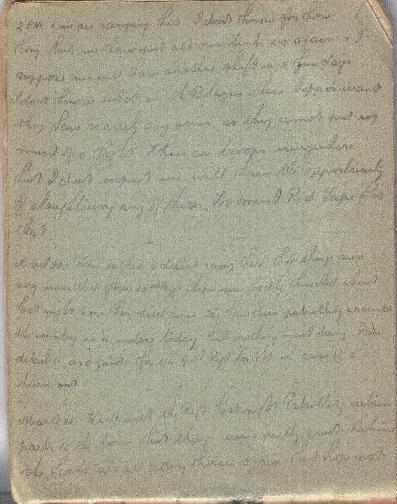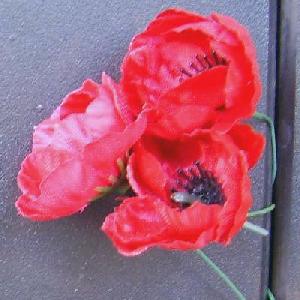The Roll of Honour contains the names of all the men from the Allied Forces known to have given their lives on 31 March 1918 during the Battle of Hébuterne, France, 27 March to 5 April 1918.
John Alexander BROWN, 42nd Infantry Battalion, 31 March 1918
William Thomas BROWN, 51st Infantry Battalion, 31 March 1918
Robert William BRUTON, 34th Infantry Battalion, 31 March 1918
Henry BURROWS, 9th Infantry Battalion, 31 March 1918
Edward Thomas CAMPBELL, 33rd Infantry Battalion, 31 March 1918
Gordon Charles CLAY, 60th Infantry Battalion, 31 March 1918
Wesley John COOKE, 16th Infantry Battalion, 31 March 1918
John Roy Joseph CORFIAN, 33rd Infantry Battalion, 31 March 1918
Maurice William DALBY, 46th Infantry Battalion, 31 March 1918
Robert Charles DALY, 34th Infantry Battalion, 31 March 1918
John Ernest Macquarie DUGAN, 17th Infantry Battalion, 31 March 1918
Arthur Albert ERWIN, 34th Infantry Battalion, 31 March 1918
Colin John FLOOD, 34th Infantry Battalion, 31 March 1918
Arthur FODEN, 16th Infantry Battalion, 31 March 1918
Charles Wilfred FORSTER, 34th Infantry Battalion, 31 March 1918
Sydney Fred FOWLER, 11th Field Artillery Brigade, 31 March 1918
Clarence GALLOWAY, 34th Infantry Battalion, 31 March 1918
William HARVEY, 31st Infantry Battalion, 31 March 1918
James Llewellyn HOOKE, 34th Infantry Battalion, 31 March 1918
George Henry LAW, 35th Infantry Battalion, 31 March 1918
John Frederick Thomas LEISHMAN, 48th Infantry Battalion, 31 March 1918
David James MACPHERSON, 10th Field Artillery Brigade, 31 March 1918
Percival Henry MASON, 33rd Infantry Battalion, 31 March 1918
Iver McLeay MCIVER, 13th Infantry Battalion, 31 March 1918
Roderick Dhu MCLENNAN, 47th Infantry Battalion, 31 March 1918
Stephen O'GORMAN, 44th Infantry Battalion, 31 March 1918
Peter Jacob Christopher PEUT, 15th Infantry Battalion, 31 March 1918
Wilfred Mirfield PLASKITT, 11th Field Artillery Brigade, 31 March 1918
Geoffrey Joseph POWER, 46th Infantry Battalion, 31 March 1918
Thomas RAMSAY, 9th Light Trench Mortar Battery, 31 March 1918
William Henry RICHARDSON, 3rd Division Ammunition Column, 31 March 1918
George Richards ROUSE, 39th Infantry Battalion, 31 March 1918
Norman Edwin SHELDON, 16th Infantry Battalion, 31 March 1918
Joseph Miller STUBBS, 34th Infantry Battalion, 31 March 1918
Charles William SULLIVAN, 33rd Infantry Battalion, 31 March 1918
Frederick Henry TAYLOR, 40th Infantry Battalion, 31 March 1918
Roy Mervyn WEBSTER, 11th Field Artillery Brigade, 31 March 1918
Harry WELLS, 26th Infantry Battalion, 31 March 1918
George Andrew WERNER, 33rd Infantry Battalion, 31 March 1918
William WILSON, 33rd Infantry Battalion, 31 March 1918
William Gepp WOOLCOCK, 43rd Infantry Battalion, 31 March 1918
Lest We Forget








